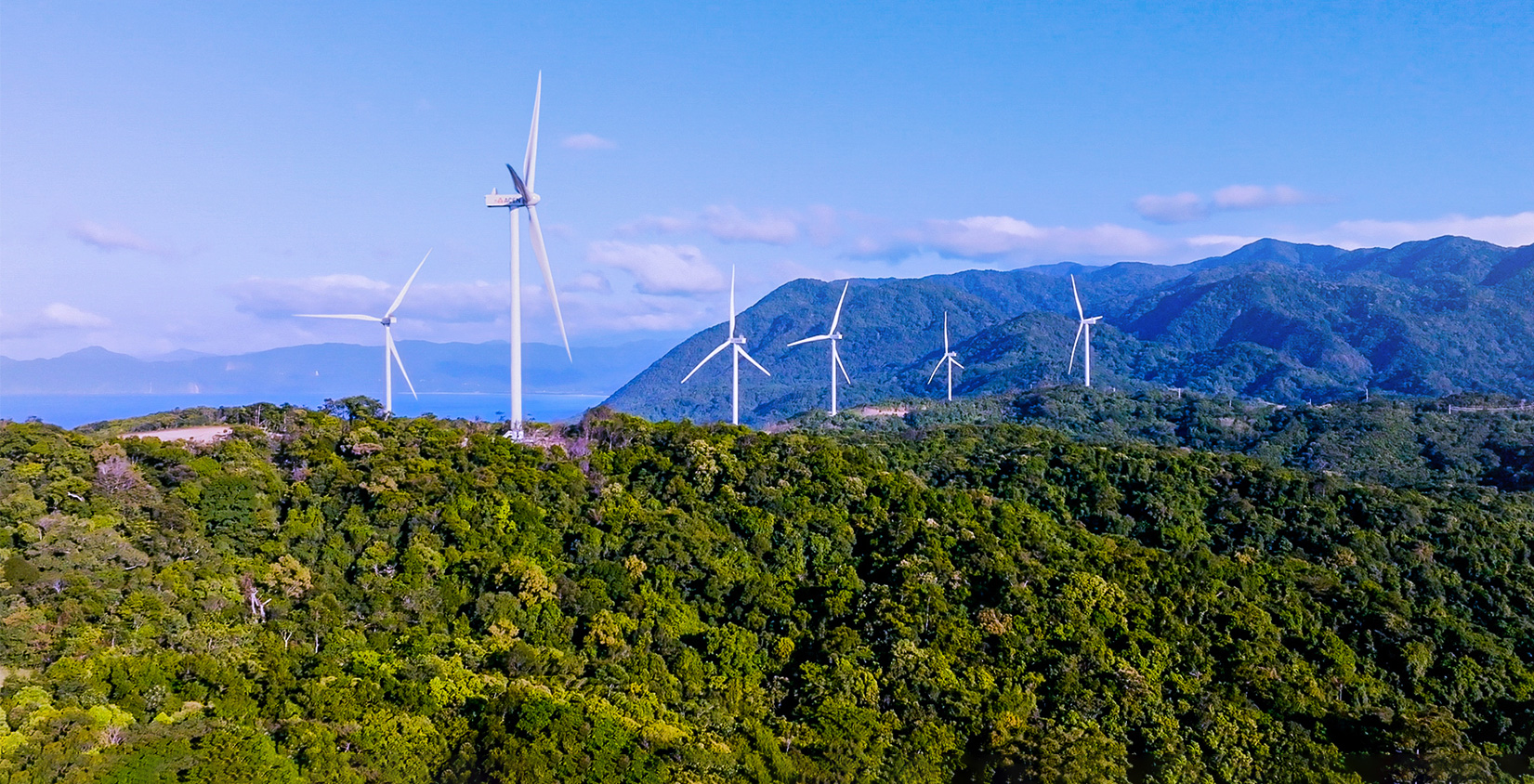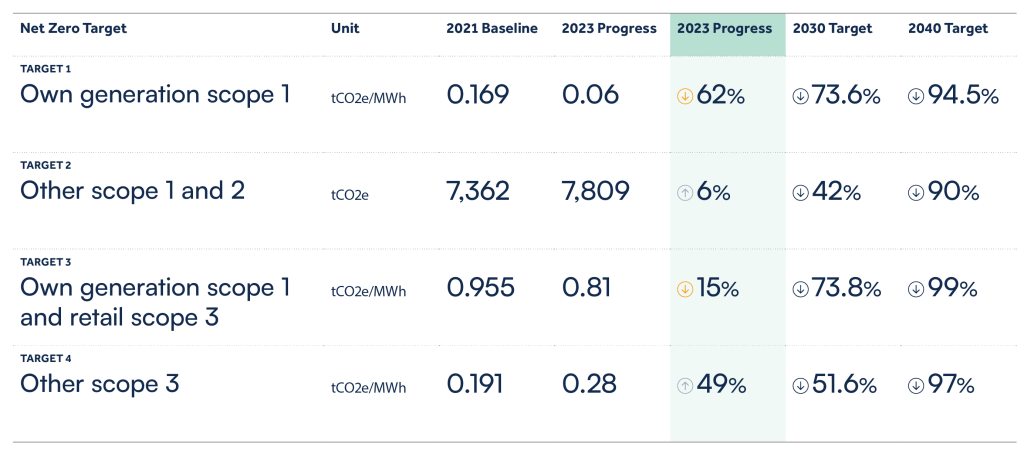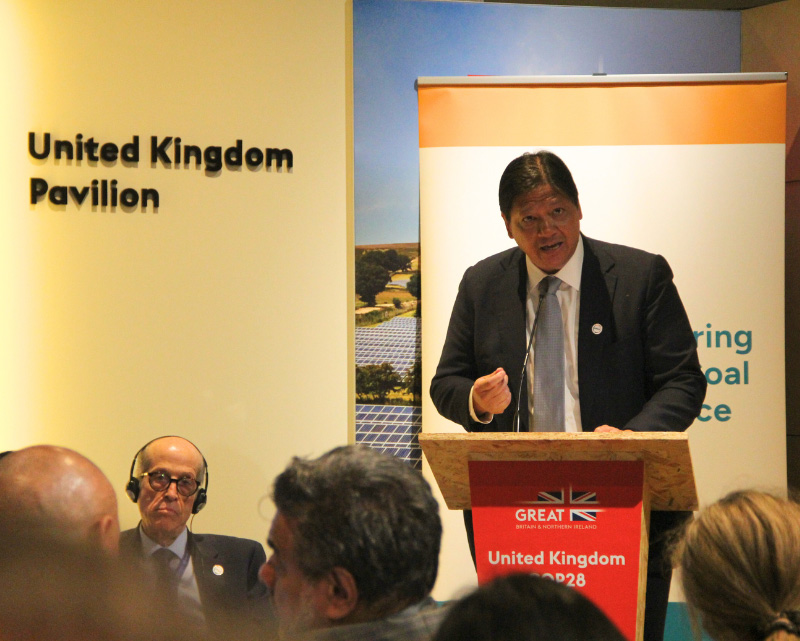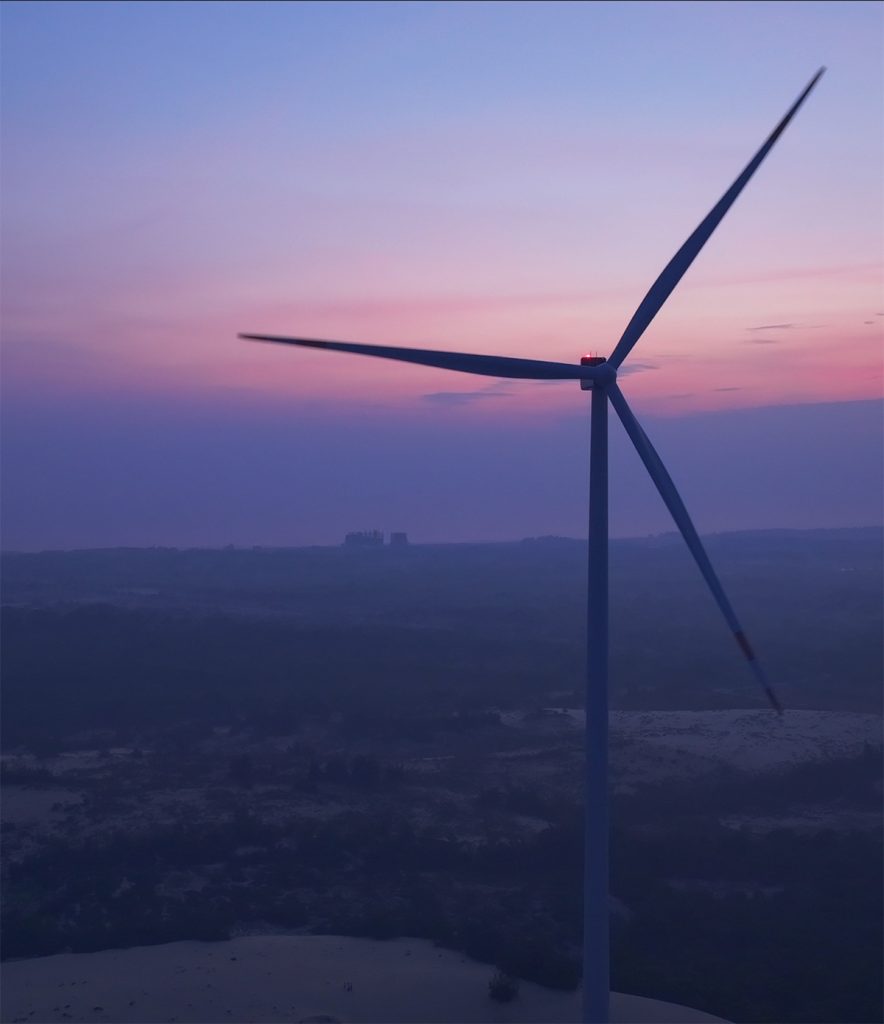-

Climate change
Home » Sustainability » ESG » Environment » Climate change
Home » Sustainability » ESG » Environment » Climate change
We are firmly committed to advancing global climate action, positioning ourselves as one of the leaders in renewable energy across the region. Acknowledging the profound impacts of climate change, we launched our Net Zero roadmap in April 2023 – the first energy company in Southeast Asia to achieve such a critical step toward decarbonization. We will continue to scale up our portfolio of renewable energy, primarily made up of solar and wind technologies, while exploring new technologies such as floating solar, offshore wind and battery storage.
ACEN’s Net Zero Progress

Following the successful divestment of the South Luzon Thermal Energy Corporation (SLTEC) coal plant through the world’s first market-based implementation of Energy Transition Mechanism (ETM), our scope 1 emissions from generation activities has been significantly lower in 2023. We have progressed on our first Net Zero target covering scope 1 emissions from owned generation activities, achieving a 62 percent reduction from our 2021 baseline. This is due to an increase in generated output from renewable sources as well as a 33 percent reduction in diesel consumption on generation-related activities.
As we continue to build more renewable sites, emissions from mobile sources as well as scope 2 emissions have slightly increased from the baseline year. Thus, an absolute reduction on our target 2 (remaining scope 1 and scope 2 emissions) baseline has yet to occur. We acknowledge the role of technology and innovation in reducing our mobile and scope 2 emissions moving forward. While these emissions categories have a miniscule impact on the company’s overall emissions inventory, we are exploring options to install or procure renewable energy to directly reduce emissions under target 2.
Our own generation and retail activities continue to be the company’s most significant sources of greenhouse gas emissions. As of 2023, we have significantly progressed on our third Net Zero target, covering emissions from own generation and retail activities. We have achieved a 15 percent reduction compared to our baseline in 2021. The main driver of this reduction can be attributed to an increase in net attributable generation from renewable sources.
Lastly, our aggressive renewables expansion activities led to an increase in other scope 3 emissions as our intensity performance on target 4 increased by 49 percent compared to the 2021 baseline. However, 97 percent of the emissions under this category are attributed to upstream emissions from supply chain activities that support our renewables development.

 At the COP28 in Dubai, ACEN was inducted as a member of the Powering Past Coal Alliance (PPCA), the first and only global coalition of national, sub-national governments, and private businesses striving to transition from unabated coal power generation to cleaner, renewable energy sources.
At the COP28 in Dubai, ACEN was inducted as a member of the Powering Past Coal Alliance (PPCA), the first and only global coalition of national, sub-national governments, and private businesses striving to transition from unabated coal power generation to cleaner, renewable energy sources.While the 2040 coal-fired power plant (CFPP) retirement plan is laudable, it may not be enough to meet our climate goals. We recognize the position of International Energy Agency (IEA), that is, if we are to attain the 1.5 degrees limit, the world would need to reduce coal emissions by 55 percent between 2022 and 2030. This would certainly be challenging for Southeast Asia which has the fourth largest CFPP installations globally, a growing demand for electricity and has among the youngest CFPP fleet with an average age of under 15 years. With that said, this should not be a reason for Southeast Asian companies to do nothing. To this end, we gave ourself the option or the right to reacquire the SLTEC coal plant as early as 2030, in the event that the right mechanism to incentivize accelerated CFPP retirement emerges.
Learn more about our energy transition journey
Read about our PPCA induction
Through our Environment and Social Management System (ESMS), we were able identify environmental and social risks for our projects and develop appropriate mitigation plans to address each. In terms of climate change resilience, we have determined which among our operational plants have conducted climate risk assessment on physical risks such as tropical cyclone, flooding, water stress, drought, wildfire, and extreme temperature and implored climate risk adaptation and mitigation measures as part of our environmental assessment studies during the development phase. These studies help determine engineering solutions for the identified major risks to guide optimal construction design, including operational and management plans.
For instance, in our Vietnam wind farms, we have implemented climate-resilient infrastructure design to mitigate impact of extreme weather events such as tropical cyclones and flooding.
In our Australia solar farms, New England Solar and Stubbo Solar, we have installed security fencing around project sites to protect assets from potential fire caused by wildfire. Fire management and emergency plans outline mitigation measures such as monitoring of fuel load, identification of emergency access points and ensuring that available water supply for fire suppression is present within protection zones.
Across our solar farms in the Philippines and India, and in one of our wind farms in Vietnam, rapid emergency repair teams were developed to address immediate issues that pose a threat to the facility caused by climate hazards. In addition to this, emergency procedures and safety plan incorporate climate adaptation strategies to help plants prepare, respond and recover from natural hazards such as earthquakes, extreme weather conditions, flooding and storm surges.
